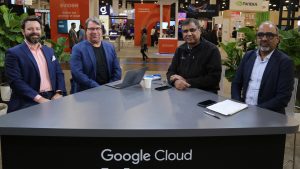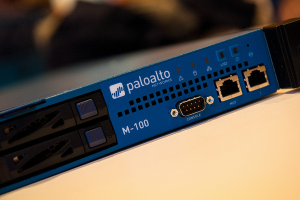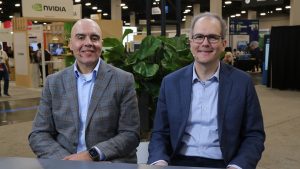Microsoft Server 2012 R2 a Step Toward Data Center Dominance?
![]() Microsoft is making no secret of its ambition to “own the data center of today and the cloud of tomorrow,” writes Wikibon Analyst, Founder and Managing Consultant of the 1610 Group, and former CIO Scott Lowe in his latest Wikibon Professional Alert, “CIOs: Windows Server 2012 R2 requires new thinking and provides new opportunities“.
Microsoft is making no secret of its ambition to “own the data center of today and the cloud of tomorrow,” writes Wikibon Analyst, Founder and Managing Consultant of the 1610 Group, and former CIO Scott Lowe in his latest Wikibon Professional Alert, “CIOs: Windows Server 2012 R2 requires new thinking and provides new opportunities“.
The new Windows Server release requires a rethinking of IT strategy toward Microsoft updates. Rather than a service pack, this is a full new release, obviating the strategy of putting off offering new services based on Microsoft updates until the full service pack comes out. Instead, he suggests, many IT shops will probably wait for R3 next year before putting services based on the R2 additions into product, allowing time for the pioneers to collect the arrows of immature updates and Microsoft to respond to those problems with a better version.
Those updates and new services, Lowe writes, are interesting in themselves and reveal Microsoft’s goal with Win Server 2012:
- It has added the Hyper-V Recovery Services, a full orchestration tool that allows workload failover between locations with the ability to define the order of service recovery to Hyper-V Replica. The tool operates from within Azure, providing built-in service isolation.
- It added Workspace Join, a mini-version of a full join to a domain, to support isolation of company data from personal files on tablets and smartphones, providing a basic part of BYOD support. This allows corporate IT to wipe company data from an individual’s device without touching the family photos and other personal documents, for instance if the individual leaves the company.
- It includes a free add-in pack to bring the Azure management interface to on-premise data center, providing administrative consistency for Azure-based private clouds.
- It now enables workload shifting between Hyper-V and Azure VMs, allowing customers to leverage the cloud without redefining the entire IT strategy.
- Microsoft enhanced its Storage Spaces virtualization technology to support tiered storage, allowing IT to match workloads to storage with appropriate performance characteristics.
- It extended storage dedup to virtual hard disks, promising space savings and performance improvements.
While those last two additions do not create a full SAN, with them Windows Server makes another step toward providing “good enough” storage control that increasing numbers of SMBs will use it instead of a SAN.
Overall, Microsoft has made another step toward providing full data center management with the new release, providing CIOs with new operating methodologies and opportunities “to consider overall direction without having to just throw out the existing playbook,” Lowe writes.
Like all Wikibon research, this Professional Alert is publicly available without charge on the Wikibon Web site. IT professionals are invited to join the Wikibon community, which allows them to comment on published research and publish their own questions, tips, Alerts and white papers. It also comes with invitations to Wikibon’s periodic Peer Incite Meetings, at which their peers discuss how they use advanced technologies to solve business and technical problems.
A message from John Furrier, co-founder of SiliconANGLE:
Your vote of support is important to us and it helps us keep the content FREE.
One click below supports our mission to provide free, deep, and relevant content.
Join our community on YouTube
Join the community that includes more than 15,000 #CubeAlumni experts, including Amazon.com CEO Andy Jassy, Dell Technologies founder and CEO Michael Dell, Intel CEO Pat Gelsinger, and many more luminaries and experts.
THANK YOU













